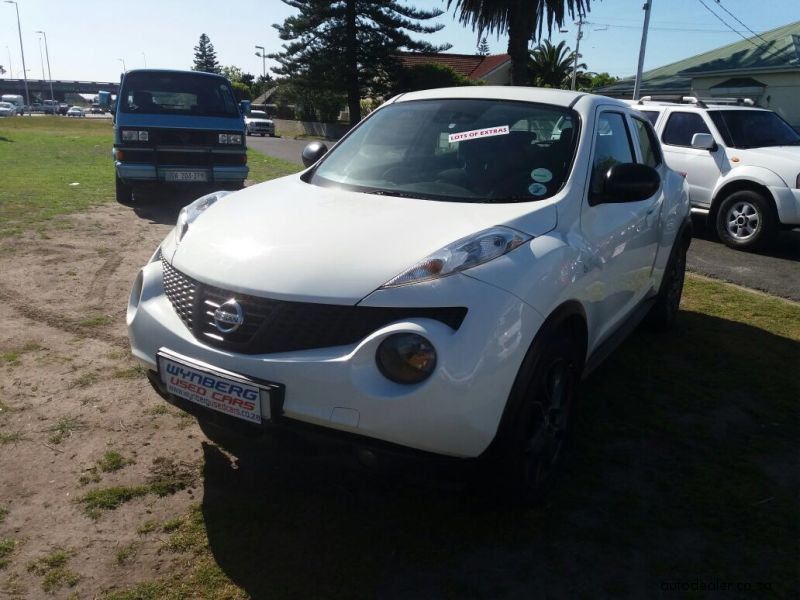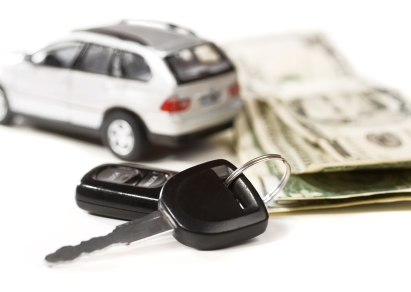
Cape Town – Prices of brand-new cars are expensive, at least for some, but that’s not the case for 36 794 fortunate South Africans who registered their brand-new cars in January 2017.
Over the last five years throughout January, brand-new car sales in SA stayed steady around the 35 000 mark and each year, 547 442 units were sold in 2016 compared with 617 648 in 2015. That’s a significant distinction in sales of 11.4% and experts say it’s not likely to enhance this year.
Purchasing a used car in SA
According to WesBank, statistics indicated that 38 343 brand-new cars were offered in May 2016 compared to 89 390 used cars which plainly shows brand-new vehicles sales do not even come close to used cars.
Who does not love the new car smell or the fact that you are the first owner, however, pre-owned cars simply provide better worth for cash particularly feature-for-feature? Cars for sale are also likely to ease up on your bank balance with a much lower insurance coverage premium than a new car.
On the flip side, there is that niggling feeling of breaking down in a used car and sometimes sellers don’t really assist either. Anybody can get an ‘OBD2 code’ reader and shady sellers can clear codes without repairing any issues.
Rest assured, following these easy steps will help you pick your new (used) car carefully without anybody making the most of you.

Step 1: Use your head, not your heart
We’ve all existed and understand how tough it is not to fall for exactly what seems to be a bargain. Whether it’s your dream car as a kid or a reminder of your first true love – be smart and make the best call. Used-car dealerships flourish on infatuated clients as they are easily convinced and could wind up with an outright loser.
When you’re planning to buy a car, the trick is to browse far and wide and here the web can be incredibly handy. Think about all your options and be careful purchasing the very first car you see. Give yourself a realistic opportunity of scouting around and to see what’s out there. Utilize the first 3 cars as a point of referral to weigh-up all the benefits and drawbacks going forward.
Step 2: Avoid unique cars
If you’re purchasing a new car, you can buy practically anything you want as the parts are available and the car will be under guarantee. Purchasing a unique pre-owned car is not so simple generally since no factory guarantee exists and any service or maintenance expenses are out of your pocket.
A good example is parts of a Toyota Corolla or a VW Golf versus a Renault. An oil filter can cost just R60 but for a Renault in excess of R200. This easily intensifies when you own a high-performance or unique car.
It is more than just thinking about the cost of parts though. You also have to find a filling station that can with confidence preserve your car. If your engine is more complicated than that of a fighter jet, expect to pay premium rates.
In regards to efficiency, you should ask yourself this essential concern; ‘If this Golf GTI, Type R or BMW M3 is so great, why are they selling it?’
It might not constantly be the case but most of the time, high-performance cars are most likely to have actually been pushed to the limit prior to they are offered. Stay away from these unless you are experienced about cars, have a good mechanic and prepared to pay a premium for parts,
Step 3: Read the seller, not the price tag
There is no hiding from subconscious cues unless you’re an experienced spy. View the seller carefully while you talk about the car and walk the automobile explaining parts. Shifty or anxious behaviour is usually an indication that there’s something wrong with the car.
Keep a close eye on the seller’s body movement. If they seem unpleasant just follow your gut and walk away. Rather this than being stuck with a lemon.
I when viewed a beautiful car for sale but the private seller appeared hurried. Luckily, I had a good mechanic with me and he pointed out a soapy residue in the oil. For those who have no idea, that’s a telltale sign of a blown head-gasket which can be really costly to fix.
Step 4: Extensive assessment is essential
When the seller asks just how much you know about cars, act as if you don’t know much. This indicates they will just focus on the good points of the car which leaves you with a great opportunity to examine the things they didn’t discuss.
Specifically, inspect brake discs for unequal wear; the colour of the oil ought to be golden brown and not a dark colour. Battery terminals need to be tidy, tires in good condition with even use and the body should be straight. Check the body seams in the engine bay and the boot to determine any indications of accident repair work.
Also, offer the car a mighty push with the handbrake up. It should obviously stagnate but if it does, you’ve already recognized one problem.
When a car is promoted as having a “brand-new” battery, it could indicate there is something wrong with the loom or alternator. Realistically, why would somebody offer a car and give you a battery worth R1000? Very same applies to brand-new tires. They’re pricey to simply ‘giveaway’ so be careful and bear in mind faulty suspension or problems with the steering.
Last but not least, look for body panels where the colour appears a different shade. This could be a sign that the car was involved in a mishap and a purchase not to finish.
Step 5: Provide it with a good test drive
Don’t just jump in and get going. Instead, get the seller to turn on the ignition and let the automobile idle. Check the wipers, lights and listen to the engine noise. Walk the car and once it’s been idle for a while, switch it off.
Start the car again leaving the headlights on. If it doesn’t start right away there may be an electrical problem. Check all lights, aircon, radio, electric windows and mirror switches.
Throughout your test drive, be sure to evaluate all the gears and discover a good slope on your route. Feel for any “flat areas” in velocity as this might show ignition or injector concerns. Flat areas are where the acceleration stops for a little while and then picks up again.
Listen for unusual sounds. Some individuals are just poor motorists and the old saying comes to mind, “If you can’t find it, grind it” so look for grinding sounds when you brake or change gears particularly. This may indicate a serious mechanical fault and it’s finest to leave.
High-pitched screeching noises from the V-belts are also inappropriate under any situations and another need to merely walk away. After the test drive check to see if any fluids have dripped onto the ground. Oil or coolant could suggest major problems with oil seals, engine or the cooling system.
Last on the checklist is to trust your gut. Does the automobile “feel right” to you? If the answer is yes, it’s time to sign on the dotted line and delighted car up until the next buy.



